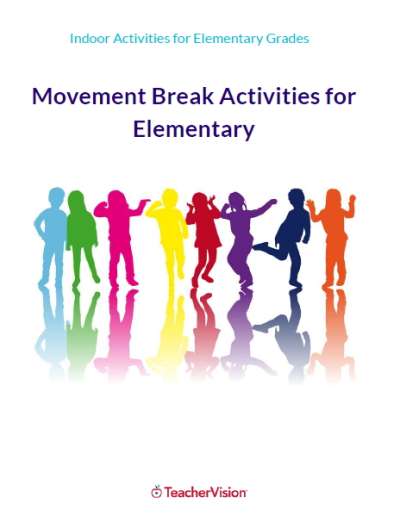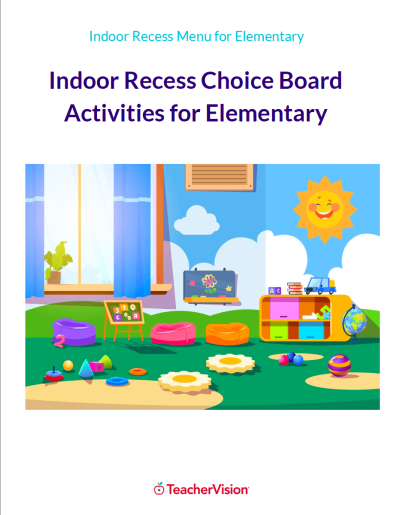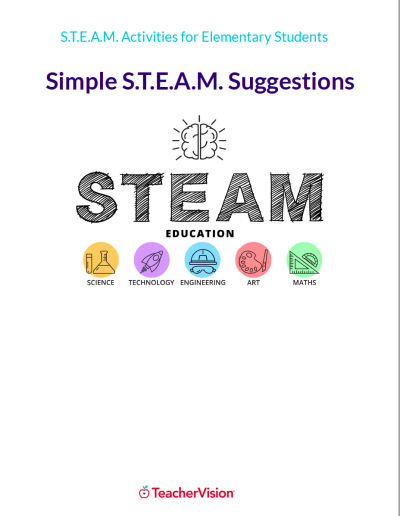Objective
This lesson is designed to expand primary students' skill of making inferences. The lesson uses the book, Why Mosquitoes Buzz in People's Ears by Verna Aardema. In this lesson, students will draw on their prior knowledge and use the information from the text to make inferences. This is the third in a set of lessons designed to teach students how to make inferences.
Planning and Diagnositics
For students to successfully complete this lesson, they should be in the habit of connecting what they already know to a text. They should be able to make guesses and predictions related to a story. Students should have some introduction to making inferences from completing the previous lessons. Making Inferences, Animals Should Definitely Not Wear Clothing and Making Inferences, Too Many Tamales.
Materials
Why Mosquitoes Buzz in People's Ears by Verna Aardema for student partners
A puppet that looks like the red bird in the book.
Cards with masked faces (see below)
Procedure
Hook/Engagement
Inferences are logical guesses, based on clues, about what is not said. In social situations these clues can be behavior. For example, if someone smiles and laughs we infer that they are happy, maybe happy with us.
Here's a game you can play with students to make this point. Find some pictures from magazines that show expressive faces. Use construction paper to make covers for the pictures so you only see the eyes through a window in the paper. Close the covers with scotch tape. Pass around the cards and have students write down inferences about what the person in the picture is feeling based on the clue in the eyes. After everyone has had a chance to make an inference, let the children open the cards to see the full face. Talk about how when students were playing the game, they were making inferences about the pictures based on incomplete information. They used their own prior knowledge about what people's faces look like when they're feeling happy, sad, angry, tired, and so on.
Remind them that reading is a lot like this. As readers, we are often asked to make inferences about what the author wants us to understand, even though we do not have all the necessary information. We have to use clues in the text to get the full meaning. That's part of the fun of reading. Explain that because everyone uses their own experiences, we may all make different inferences. Not everyone understands the story in the same way. However, it's important that we be able to explain the inferences we make by pointing to the clues in the text that we used to make the inferences.
Measurable Objectives
Explain to students that inferences are logical guesses that we make, based on what we know of peoples' behavior and our own experiences. Explain that they will make inferences about this book, based on what they already know along with clues from behavior.
Focused Instruction
Introduce the book by saying something such as,
"How many of you have been outside at dusk and had a mosquito come buzzing around your ear? What did you do? How did you feel? Today we will be reading a story – an African legend that gives a possible explanation why mosquitoes buzz in our ears. Before we begin, tell me why you think mosquitoes buzz in people's ears.
"In Why Mosquitoes Buzz in People's Ears the characters make inferences based on another character's actions. Remember that inferences are logical guesses, not facts. The problem in the story is that the inferences the characters make about each other's behavior is wrong. These misunderstandings cause a great problem. Today we are going to identify the inferences that the animals make and the problems that these misunderstandings cause. As we read, you will notice that a red bird is a part of every illustration. He witnessed all of the misunderstandings, but never said anything. We are going to pretend to be the red bird and talk back to the characters. We will explain to each character how the inference that they made was incorrect."
Model this process for the students by thinking aloud. Read until python goes into rabbit's hole.
Say, "First, we see that python made an inference about the way iguana treated him. Iguana did not talk to him, so, python thinks that iguana is mad at him and planning mischief."
Present the red bird puppet. Say,
"As the red bird, I would say, "Python, there is no danger, just a misunderstanding. Look at iguana. He is not mad at you, nor is he planning mischief. He has sticks in his ears and cannot hear you. Do not hide in rabbit's hole."
Guided Practice
Continue to read until rabbit runs across the clearing. Write the following questions for students to answer: "What inference did the character make? What did he do? What could red bird have said to solve the problem?" Have students volunteer responses. Have them practice being the red bird, explaining the inferences and why they were wrong. For example, students might say, "Rabbit, no danger, just a misunderstanding. Python is not going to eat you, he was afraid of iguana. You do not need to run through the field in daylight."
Independent Practice
Have groups of three students act out the crow and the monkey scenes, adding red bird. The three students must agree on what red bird will say ahead of time. Have each group use the same questions: "What inference did the character make? What did he do? What could red bird have said?" Then, read the rest of the story and discuss infereces that were made and how the story ended.
-
Assessment
Have students choose an animal, draw a picture, and write about the inference that animal made. They should answer the questions: "What inference did the character make? What did he do? What could red bird have said?" Review students' drawings and writing to determine whether they understand how to make inferences.
For extra credit, ask students to explain the sentence, "When she does that, she gets an honest answer." Ask, who is "she"? There are two "shes." Are they both the same person? What is the "honest answer?" What question does it answer? What does the "honest answer" mean? If students can answer these questions, they definitely have mastered inferencing skills.
Reflection and Planning
Students' abilities to make and recognize inferences will vary greatly depending on their ability to think abstractly as well as their own background knowledge. Don't be too surprised or discouraged if students continue to struggle. Rather, keep encouraging them to recognize the inferences that they make, and give them the vocabulary to talk about their thinking. Continue to think aloud and model your thought process when you make inferences, continuing to provide students with practice answering inferential questions. Most importantly, keep reminding students that inferencing is fun because it really forces you to use your brain. Students who continue to struggle with this strategy may need more support activating prior knowledge, or more practice with the previous lessons ( Animals Should Definitely Not Wear Clothing and Too Many Tamales) about making inferences.

Use a lesson that is designed to expand primary students' skill of making inferences. The lesson uses the book, Why Mosquitoes Buzz in People's Ears by Verna Aardema.



